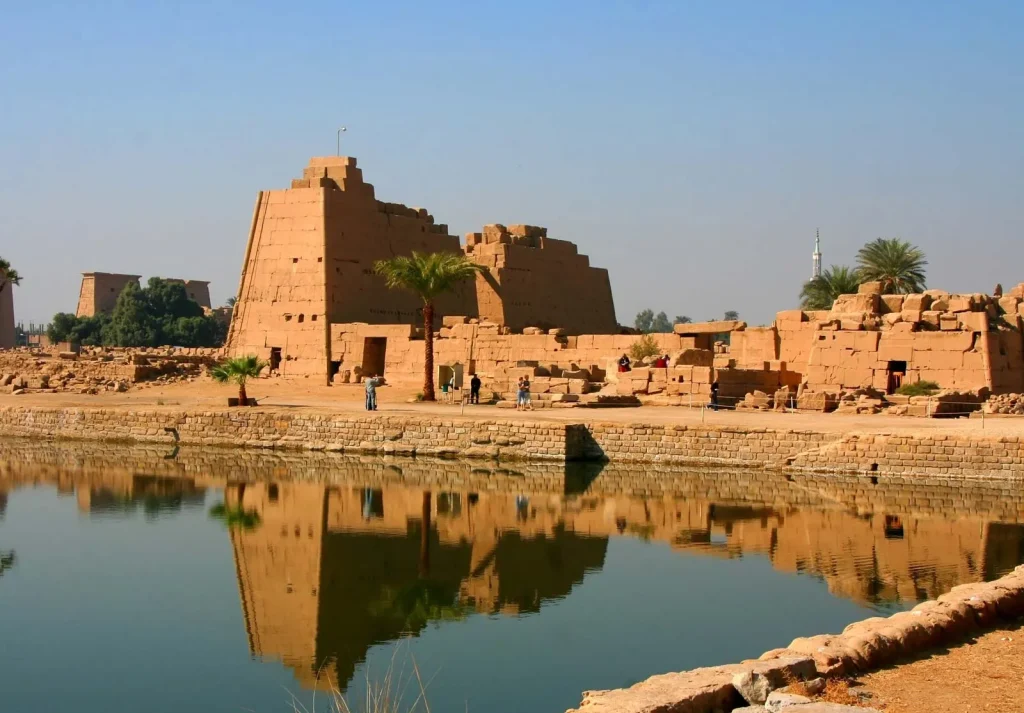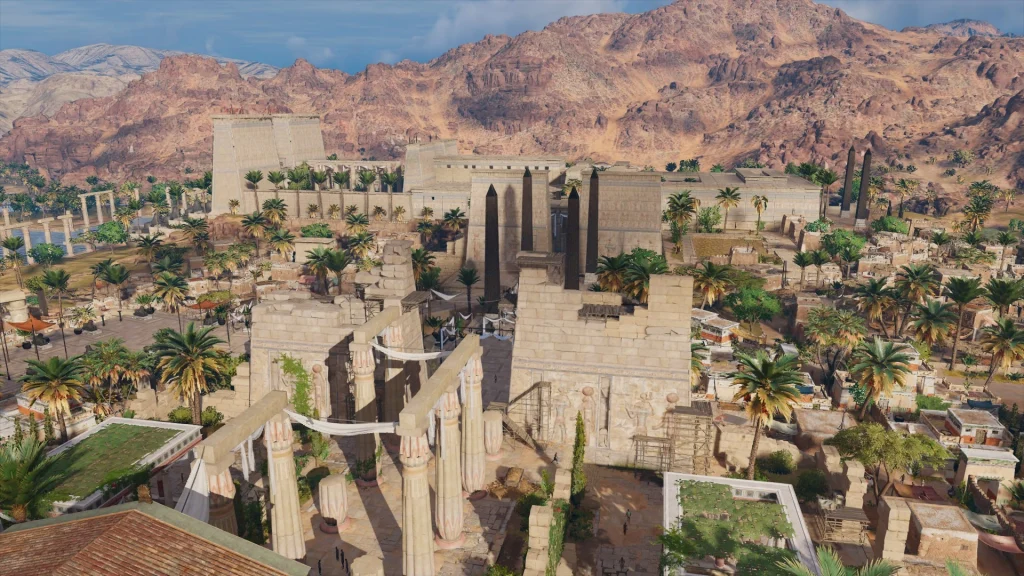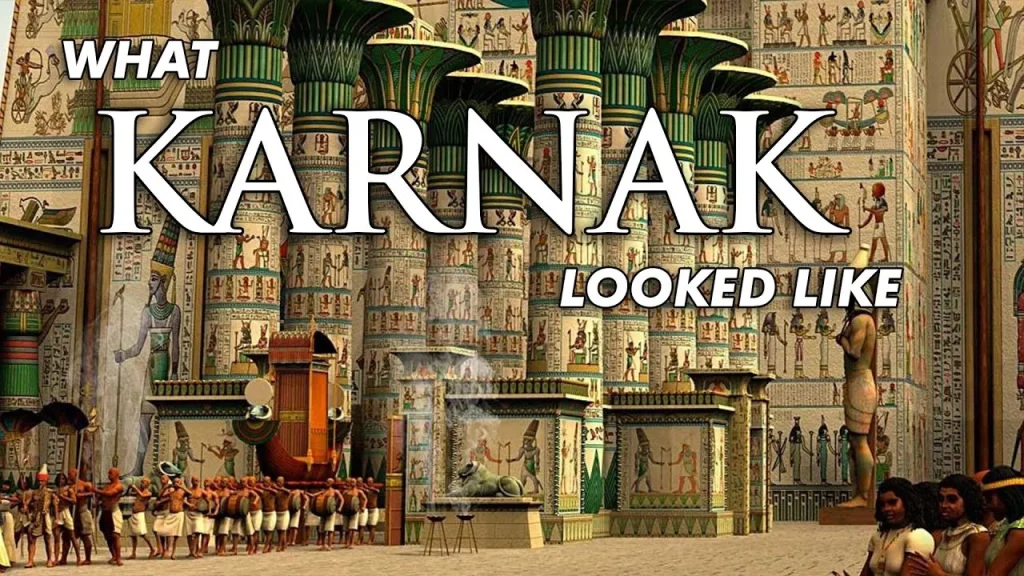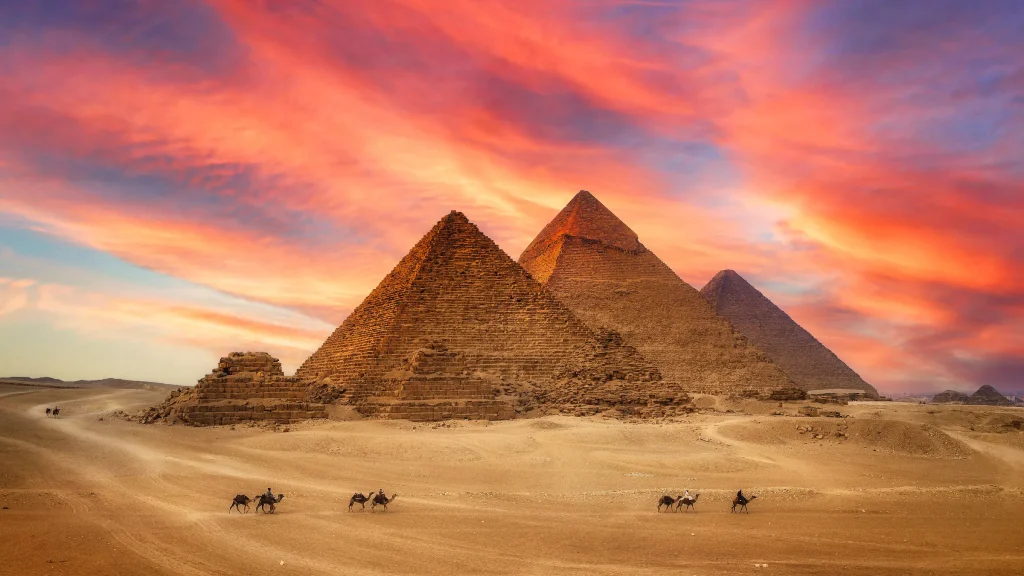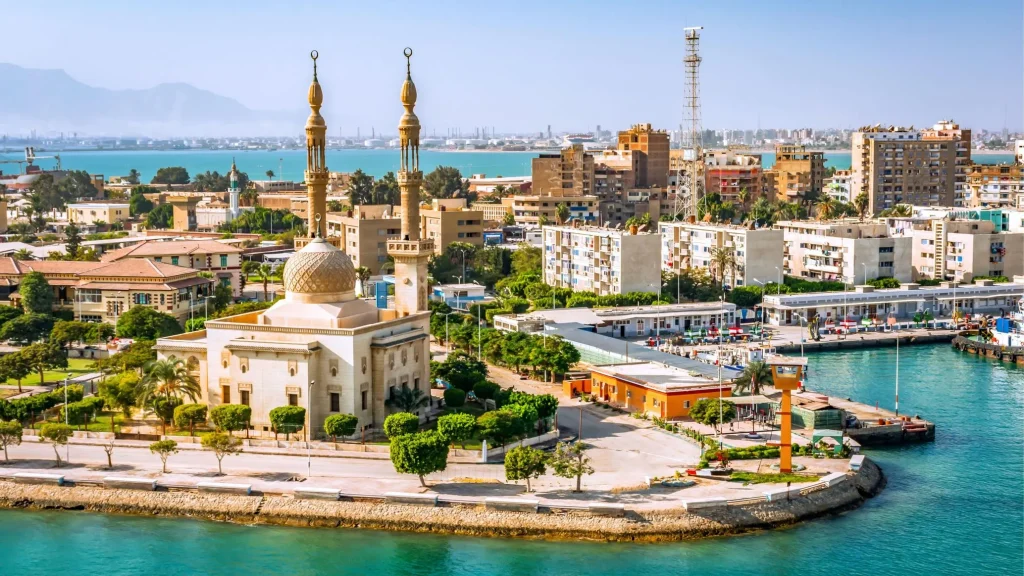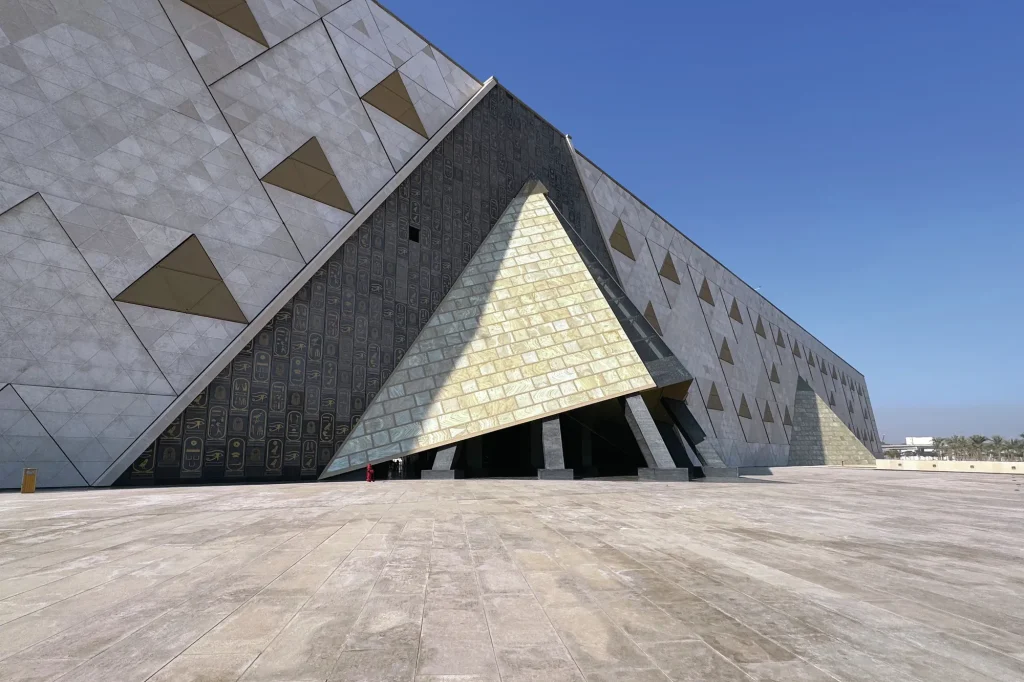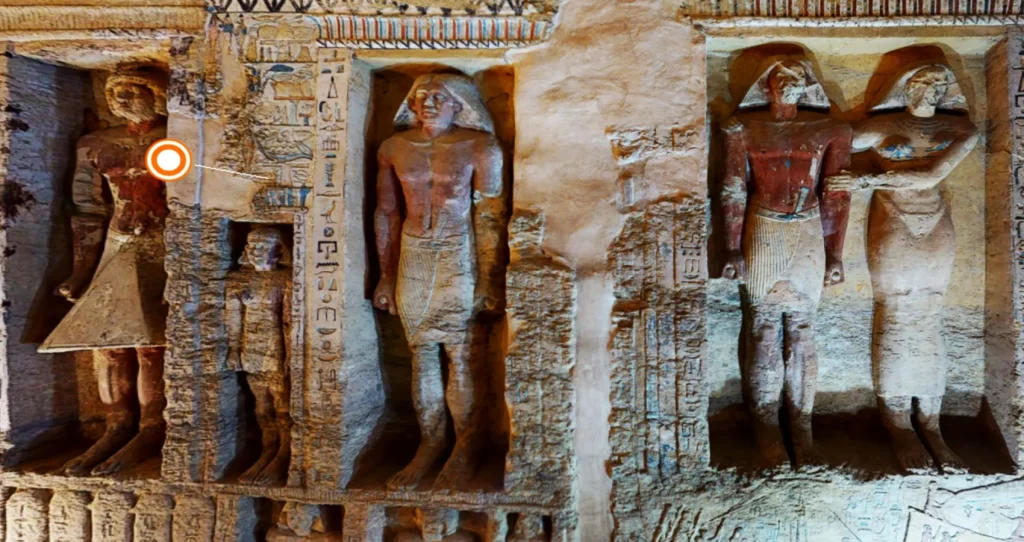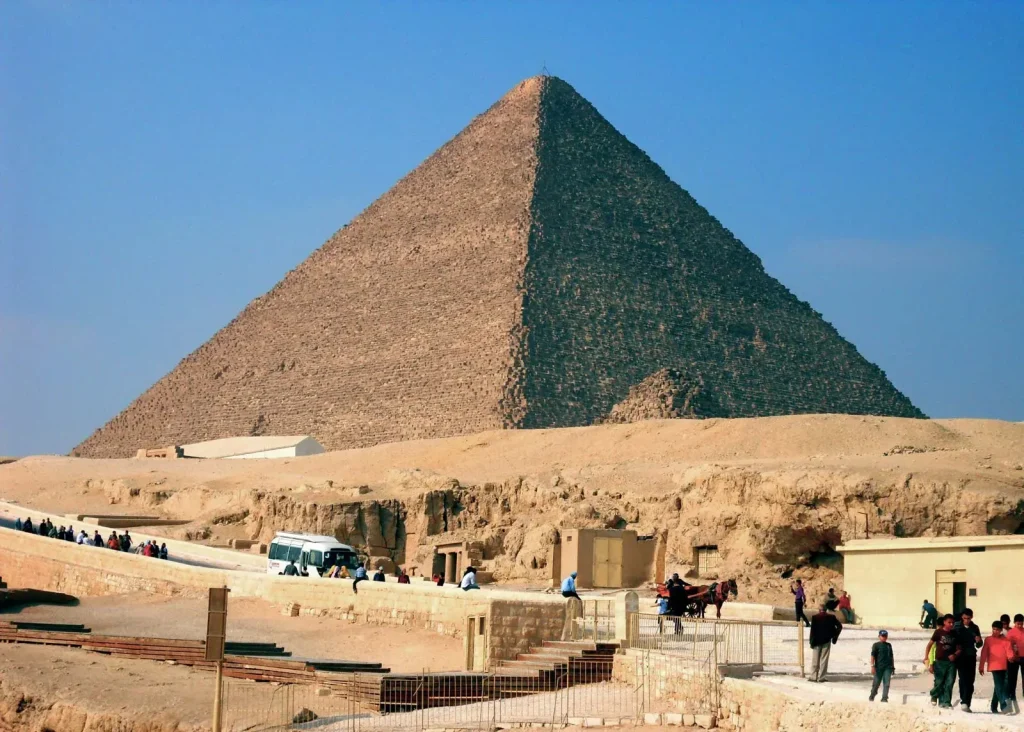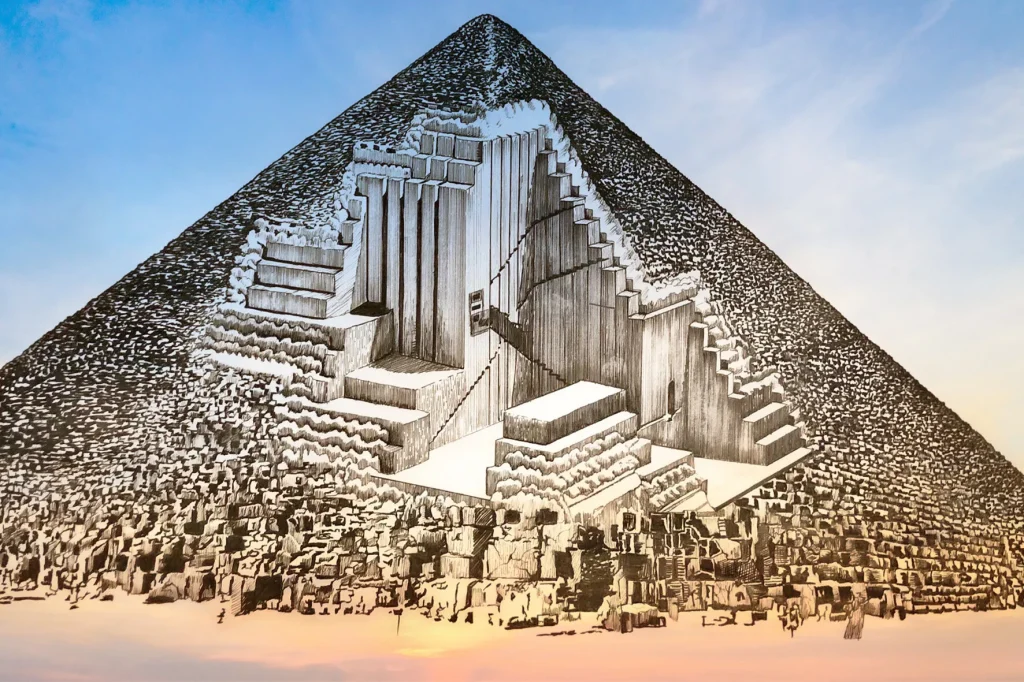The story of Karnak Temple, an old village in Upper Egypt, tells us a lot about Egyptian history, culture, and what they believed in. Karnak is famous for its big temples. It shows how skilled the Egyptians were at building things and how much they cared about their religion. Karnak is a special place recognized by UNESCO. It has huge buildings, detailed carvings, and places considered holy. Visiting Karnak helps us understand the life of the ancient Egyptians, who were one of the first civilizations in the world.
Origins of Karnak
Sitting on the east side of the Nile River, Karnak has been around since a long time ago, starting from about 3400 to 3100 BCE. At first, it was just a tiny place, but it became important during the Middle Kingdom period. Later on, the village gave its name to the northern part of the old city of Thebes, which includes the Great Temple of Amon.
The Significance of the Name
Long ago, people called the temple complex Nesut-Tawy, which means “Throne of the Two Lands.” This showed how Upper and Lower Egypt were together under the Pharaoh’s rule. They also called it Ipet-Iset, meaning “The Finest of Seats,” and Ipt-Swt or Ipetsut, meaning “The Most Select of Places.” Nowadays, it’s called Karnak, which comes from the Arabic word ‘Khurnaq’, meaning “fortified village.”
The Grandeur of the Karnak Complex
The Karnak complex is a huge open area with lots of temples, gates, small temples, and other buildings. It’s split into four main sections: the Amun-Re area, the Mut area, the Montu area, and the dismantled Amenhotep IV Temple. These buildings were built over many years, showing how the Egyptian empire changed over time.
The Precinct of Amun-Re
The Precinct of Amun-Re is the biggest section of the place. It’s all about the main god, Amun-Re. There are huge statues around, like a really tall one of Pinedjem I, standing at 10.5 meters. One cool thing here is the obelisks, especially one that’s super heavy, weighing 328 tons and towering at 29 meters tall.
The Precinct of Mut
The Precinct of Montu
North of the Amun-Re complex, there’s a place called the Precinct of Montu. It’s for honoring Montu, who is Mut and Amun-Re’s son and known as the god of war. This place is smaller and not open to everyone.
The Temple of Amenhotep IV
The Temple of Amenhotep IV was built by Akhenaten (Amenhotep IV) outside the walls of the Amun-Re area. Later, when people started worshipping Amon again, they intentionally took apart the temple.
The Great Hypostyle Hall: An Architectural Marvel
The Great Hypostyle Hall is a really amazing building from ancient times. It’s located in the Precinct of Amun-Re. Inside, there are 134 huge columns organized into 16 rows. The hall covers a space as big as 50,000 square feet. The columns have hieroglyphic writing on them. They hold up the roof, making it look really impressive.
History of Karnak temple
The Karnak story is linked to how the city of Thebes changed. The city got important in the Eleventh Dynasty. The oldest thing near the temple is a small column from that time talking about Amun-Re. In the Eighteenth Dynasty, the temple area saw a lot of building. Many kings built there, making it big, complicated, and full of different buildings.
The European Discovery of Karnak
Karnak was talked about by someone from Venice in 1589. The first picture of Karnak was found in a book by Paul Lucas in 1704. Many European writers and scientists went to Karnak and wrote about how amazing it is, adding to what we know about its history.
Karnak: A UNESCO World Heritage Site
Karnak, along with other areas of ancient Thebes, was designated a UNESCO World Heritage site in 1979. The UNESCO recognized these sites as having “outstanding universal value”, reflecting the rich cultural and natural heritage of the region. The ongoing efforts of UNESCO and other international bodies aim to preserve and protect these cultural treasures for future generations.
What karnak Temple looked like today

